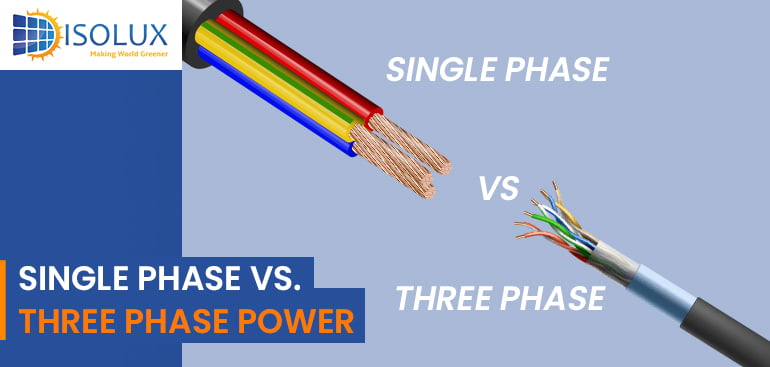When it comes to electrical power systems, understanding the difference between single-phase and three-phase power is crucial for both residential and commercial applications. This knowledge helps in making informed decisions about energy efficiency, cost savings, and system performance.
Understanding the difference between kilowatts (kW) and kilowatt-hours (kWh) is essential for anyone interested in energy consumption, solar power systems, and electricity bills. While both terms are commonly used in discussions about power and energy, they represent different concepts. In this article, we’ll explore the definitions, applications, and differences between kW and kWh, and how this knowledge can help you manage your energy usage more effectively.
Solar panels are a brilliant investment, offering a clean and sustainable way to power your home while reducing your electricity bills. However, there may be situations where you need to turn your solar system off, such as for maintenance, repairs, roof cleaning, or even during firefighting operations.
Solar energy has become a more popular choice for homeowners and businesses alike. While solar panels are generally safe and fires are uncommon, it’s vital to understand the potential risks and how to mitigate them. This article will delve into the reasons behind solar panel fires and explore steps you can take to safeguard your system.
Solar panels are a fantastic way to switch to clean energy, reduce electricity bills, and boost your home’s value in New South Wales (NSW). But before you get excited and start sketching out your rooftop layout, there’s one question you might have: Do I need council approval to install solar panels in NSW?
As the leaves turn vibrant shades of red, orange, and yellow, and the air becomes crisp, autumn marks a transitional period for nature and homeowners considering solar energy installation. Harnessing the sun’s power becomes especially appealing as summer’s heat subsides. While it might seem counterintuitive to install solar panels as the days shorten and sunlight diminishes, autumn is, in fact, an ideal time for this investment. Here’s why:
Most Australians find themselves in a dilemma even after deciding on solar panel installers. This dilemma is choosing between the top two solar panel manufacturers. For individuals paying high energy bills every month, investing in the best and most efficient solar panel system is crucial.
Solar panels are getting more love from Australian homeowners. Why? They bring environmental perks and save money. For new homes, using solar solutions from the start is a wise move. This avoids extra costs later. Solar panels are the future. Adding them to new homes is a great decision. They offer clean, long-lasting energy that’s friendly to our earth. What’s more, you can save power for gloomy days. A top home builder in New South Wales, McDonald Jones Homes, is now including solar panel systems, solar inverters, and electric vehicle chargers in their new home packages. This smart choice can actually pay for itself.
With Sydney’s abundant sunlight and growing emphasis on sustainable energy solutions, harnessing solar power has become increasingly popular among residents. However, simply installing solar panels is not enough to maximize their efficiency. To truly reap the benefits of solar energy, it’s essential to optimize the performance of your solar panels. In this guide, we’ll explore various strategies to increase solar panel efficiency, tailored specifically for Sydney’s unique climate and energy needs.
Solar panels have become popular for generating clean and renewable energy, offering numerous benefits to homeowners and businesses. However, like any technology, solar systems can encounter issues that affect their performance. Understanding common problems and knowing how to troubleshoot them is essential to ensure your solar system operates efficiently. In this detailed guide, we will explore the most prevalent solar panel problems and offer solutions to address them effectively.










